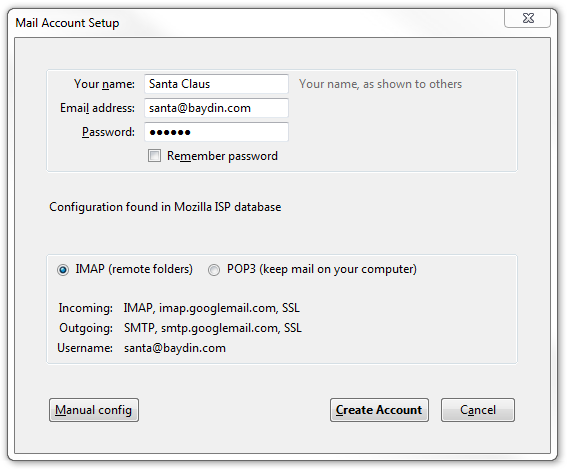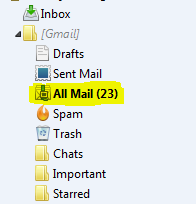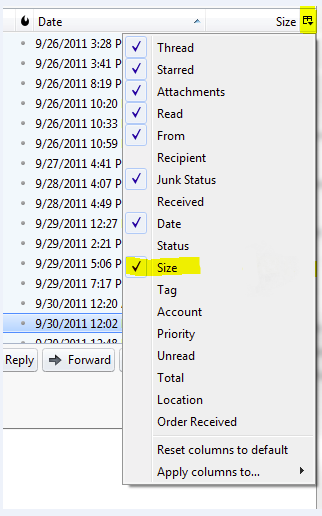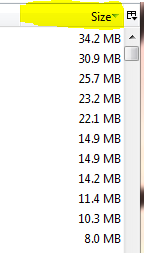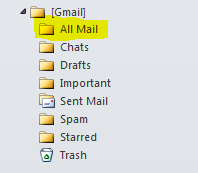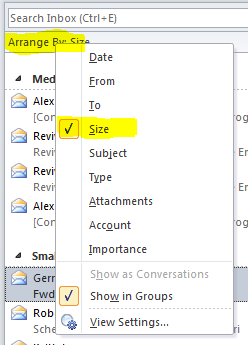Day 7: Delete It
Deleting unneeded emails will free up space and make future searches faster.
In a perfect world, our mailboxes would be infinitely large. We could email our friends forever and never run out of space. Search would never slow down, no matter how many messages we have. Unfortunately, we haven't discovered that perfect mailbox yet. That's why in addition to archiving messages, we recommend performing another useful email action: deleting messages.
On average, we delete 71 messages every day, and it only requires about 3 seconds of reading, on average, for us to make the decision to trash an email. (source: data from The Email Game)
There are two reasons to delete a message:
1. The email contains one or more large attachments.
Gmail currently limits its users to 15 gigabytes of data. While Outlook has no size limit, it will run into performance problems when working with large mailboxes - roughly 2 gigabytes in Outlook 2003, and 4-8 gigabytes in later versions. Therefore, when possible, delete emails that have large files attached.
If you need those attachments in the future, you'll want to make sure you keep a copy. You can archive the message to keep it in your email, or you can download the attachments to your computer, then delete the message. You'll need to make that choice yourself, based on how quickly your mail client's search function returns results, and how close you are to the limit of your storage.
Don't worry too much about deleting smaller emails. A single large message with over 30 MB of attachments is over 3000 times as big as an average email! It is much more time-effective to delete a large attachment every once in a while than to constantly delete incoming messages.
2. The email contains information that you will never need again.
Examples include password reset forms, expired coupons or deal emails, out-of-office-replies, unsolicited marketing email, spam that slips through the filters, and emails sent to the wrong person. It's OK to archive these unneeded messages, but deleting them will keep your mail client's search function faster, as well as prevent them from showing up in search results in the future. It's also satisfying to know that you can make an email you don't want go away forever.
Unless you're certain you don't need an email again, don't delete the message. Instead, archive it. If there's any doubt about whether or not the message could be valuable in the future, choose archive, and don't spend too much time overthinking the decision.
Today, we will identify the largest messages in your mailbox and decide whether to delete them. Then, as you go through your email today, take special care to delete worthless email, and embrace the satisfaction of sending those messages to the abyss.
To do: Estimated Time: 20 min
Choose a configuration above to see today's action steps.
Final Thoughts
| On average, we delete 71 messages every day. | Tweet |
| Deleting a message takes an average of 3.2 seconds. 80% are deleted in less than 3 seconds. | Tweet |
| Deleting emails helps make searches fast and keeps you under your mailbox size quota. | Tweet |
In the past few days, we've explored archiving, deferring, and deleting messages. We hope you'll choose to archive the messages we send you, rather than delete them! Tomorrow, we will shift our focus to responding to emails, the final pillar of the ReviveYourInbox email workflow.

